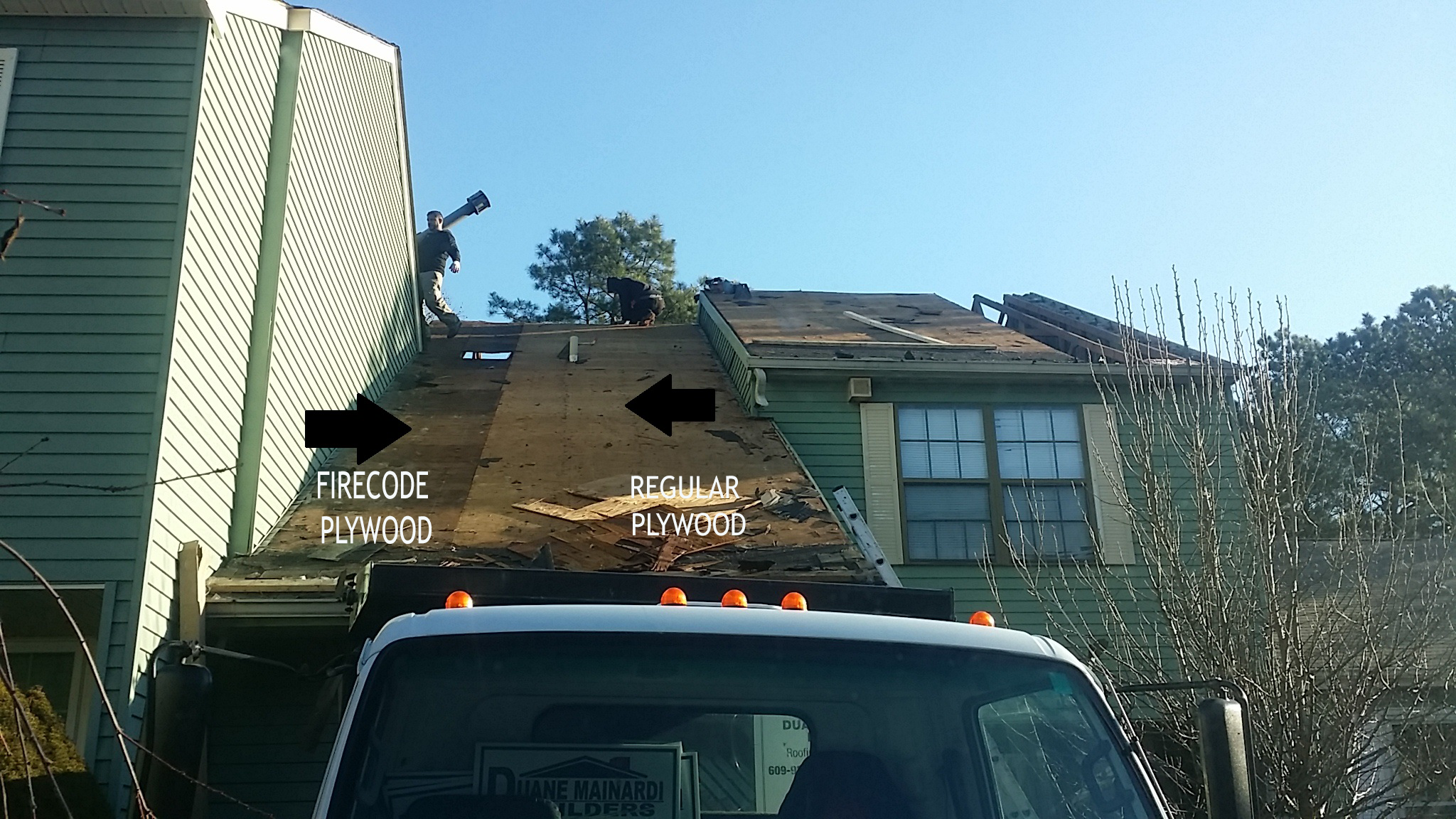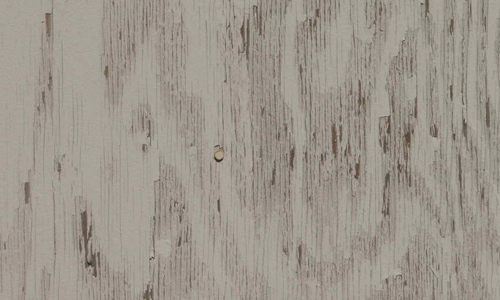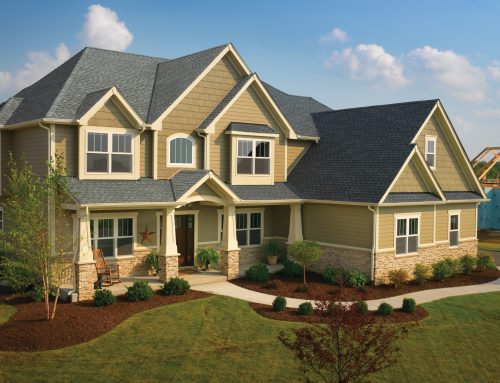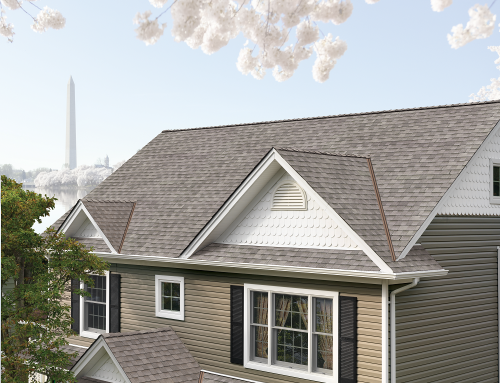In some situations, the use of fire-retardant-treated (FRT) plywood as roof sheathing has resulted in a problem for homeowners because the wood loses strength through thermal degradation over time.
The degradation process is directly associated with environmental conditions such as temperature and humitity. The FRT chemicals migrate through the wood during cyclical changes in temperate and humidity, causing changes in pH such that the wood becomes embrittled.
While tearing off your roof a few questions may be raised about your plywood.. why does it need to be replaced? What is fire code plywood? How do we know it has lost it’s strength? During the tear off process, we may come across darkened, brittle, easy to crumble fire code plywood. If we do, this article will help you to understand what factors contribute to the degradation and why it is important to replace your FRT plywood to keep your home safe.
WHAT IS FIRE RETARDANT PLYWOOD?
For certain applications, building codes and insurance companies permit fire-retardant-treated wood to be used as an alternative to noncombustible materials. Fire retardants drastically reduce the rate at which flames travel across the wood surface, therefore reducing the capacity of the wood to contribute to a fire.

Fire retardant plywood is most commonly found on town homes at the point where the neighbors unit connects to another unit. See image above.
BACKGROUND: TREATED PLYWOOD MAY PREMATURELY DETERIORATE
In the last decade, many builders used fire retardant plywood (“FRT plywood”) in new construction to meet building codes. FRT plywood is treated with chemicals intended to retard the spread of flames in a fire. However, in 1986 it was discovered that FRT plywood may deteriorate prematurely when the fire retardant chemicals become active at 130 to 140 degrees Fahrenheit, instead of the targeted 180 degrees. Roofs routinely reach temperatures around 130 degrees Fahrenheit without fire when outdoor temperatures and humidity levels are high, which is common in our eastern location. Deteriorating plywood may darken in color and produce a white dust on its surface. This change is usually apparent from inside & outside of the attic. This is the chemical reaction that is intended to retard the spread of fire when exposed to intense heat.
CONCLUSION…
If you own a town home, you definately have FRT plywood between your adjoining unit(s). If your roof was installed 15+ years ago, there is a very likely chance that your FRT plywood looks the same as the FRT plywood in the above picture. If you have any questions, concerns, or if you would like to set-up a free evaluation give us a call or click the “schedule a free in-home consultation” button below!
SCHEDULE A FREE IN-HOME CONSULTATION
Sources:
- LeVan, Susan, and Mary Collet. Choosing and Applying Fire-retardant-treated Plywood and Lumber for Roof Designs. Madison, WI: U.S. Dept. of Agriculture, Forest Service, Forest Products Laboratory, 1989. Web.
- Allison E. Cahill Faulty Fire-Retardant Plywood Continues to Cause Homeowners Headaches, 9 Loy. Consumer L. Rev. 11 (1997). Available at: http://lawecommons.luc.edu/lclr/vol9/iss1/4





